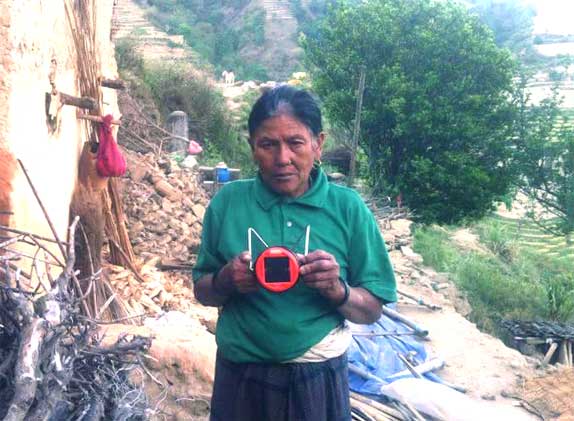The fate of the toddler girl, until today, is still unknown. The image of the emaciated unclothed crawling girl is still fresh in many people’s minds. With her knees bended, elbows firmly placed on the ground; hands clutching the barren land and her head sunken in despair below the scorching sun the picture stunned the world. Just a few meters from the struggling girl stood a lurking vulture ready to pounce. Whether she reached her destination, a feeding center reported to be kilometers away seemed unlikely.
That was in 1993 and the country was Sudan. Now almost two decades later Somalia is grappling with worst famine in 60 years. A scenario that prompted the United Nations to term it as the world’s worst humanitarian crisis; a fitting description.
“Half a million people are reported to have fled since the beginning of the year. Six regions inside Somalia have been declared famine stricken while 12 million people across all age groups are affected in the horn of Africa region” “tens of thousands have died, many of them are children”. “Stories of women and children who had trekked hundreds of miles for weeks, along the way burying their dead was intensely disturbing”.
The signs were already bad early in the beginning of the year. The rains had failed and harvest was poor. Soon after that the pastoralists started losing their livestock in numbers and it was when the migration began. Slowly the desperate Somalis started fleeing to seek refuge in the neighboring Kenya and Ethiopia. It is during the June and July period that the international media’s coverage of the sheer extent of the unfolding calamity grabbed the world’s attention.
First it was a southward trickle towards Dadaab, a refugee camp in Kenya near the vast and porous Somalia-Kenya border. Stories of women and children who had trekked hundreds of miles for weeks, along the way burying their dead was intensely disturbing. Most carried nothing with them and cared for nothing. A shelter for survival was of immediate importance. What their dusty feet, tattered clothes, tired eyes, crinkled skins and thin bodies revealed was a testament of what they had been through; physically at least.
Officials at the Dadaab refugee camp and aid agency groups on the Kenyan side of the border were overwhelmed by the numbers of arrivals reporting to the camp. Dadaab, the officials claimed, was under- facilitated and under-serviced and thus they were not ready for the influx. By the end of July 2011, UNHCR reported that 70,000 Somalis had reported to the camp. This is a camp that was established in 1991 after the break of Somalia’s civil war. It could only cater for about 90,000 people but today it accommodates over 360,000 with the number growing each day. In all a whooping half a million are reported to have fled since the beginning of the year, six regions inside Somalia have been declared famine stricken while 12 million people across all age groups are affected in the horn of Africa region.
See Also
Inside Somalia the situation is even grimmer, it is estimated that 4 million people are in danger of starvation. According to the UN’s Food Security and Nutrition Analysis Unit (FSNAU), tens of thousands have died, many of them are children. Somalia has had its fair share of struggles in the past. Civil strife, terrorism and piracy are just some of the problems. Most part of Central and Southern Somalia are largely controlled by Islamist affiliated groups; in 2010 a ban was imposed on foreign aid agencies operating in the area.
Accusation against the aid groups for alleged un-Islamic practices had led to the ban. The World Food Program (WFP) had before other aid groups been banned for allegedly distributing relief food past before their due date. Plea from aid agencies and severity of the famine situation led to the ban being ‘lifted’ in the middle of this year but still aid flow to the people affected has not been smooth. The Islamist groups maintain that the extent and severity of the famine situation is an exaggeration by the West. Getting aid reach people in these areas has been the most challenging task as coordination has to take place in stable breakaway region of Somaliland, Kenya and Ethiopia. For aid groups this is a nightmare as the worst stricken areas are in South and Central Somalia.
“The Islamist groups maintain that the extent and severity of the famine situation is an exaggeration by the West” “Millions of dollars of aid has already been channeled towards helping those in need but the UN warns that a further 1.4 billion dollars is needed”
Response to the calamity has been slow as the UK Secretary of States for International Development Andrew Mitchell observed on his visit to Somaliland. He said that response by many European and developed countries to the crisis in the Horn of Africa had been “derisory and dangerously inadequate.” Millions of dollars of aid has already been channeled towards helping those in need but the UN warns that a further 1.4 billion dollars is needed. This is probably the most challenging time for Somalia and maybe a chance for its people to reflect and rediscover the spirit of nationhood that defined its past moderate values and freedom. Problems like famine are not just helped by aid and donations; they are cyclic in nature and sooner or later they strike again.











